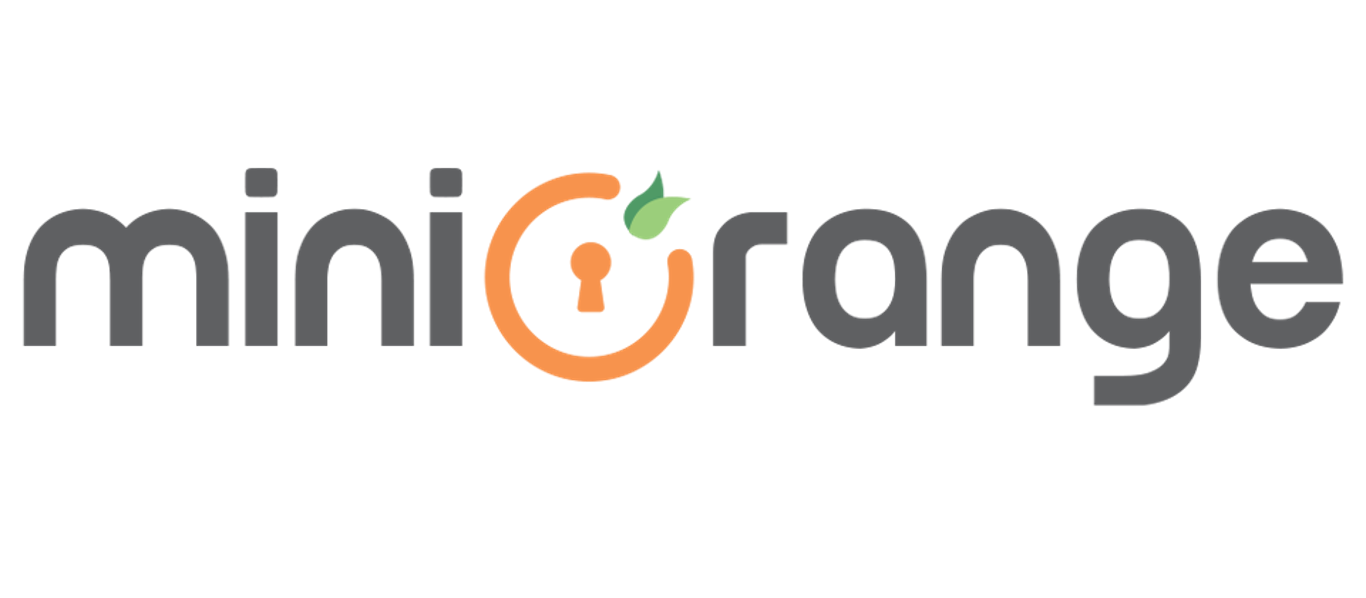The Role of IAM in Supporting a Remote Workforce

As remote and hybrid work models become the norm, ensuring secure access to corporate resources has become more complex. Identity and Access Management (IAM) is key to managing this complexity. It provides a centralized way to authenticate remote users, enforce access controls, and maintain visibility over who is accessing what — and from where.
IAM enables organizations to implement Single Sign-On (SSO) and Multi-Factor Authentication (MFA) for secure login processes, even when employees are accessing data from personal devices or public networks. It also allows IT teams to assign role-based permissions, ensuring users only access what they need for their job function.
Remote work brings additional risks like credential theft, phishing, and unauthorized device access. IAM mitigates these risks by enforcing adaptive access policies that consider context such as device health, location, and login behavior.
For companies that use cloud apps like Microsoft 365, Google Workspace, or project management tools, IAM ensures secure integrations and consistent access control across platforms. It simplifies user provisioning and deprovisioning — especially important for freelancers, vendors, or short-term contractors.
With IAM in place, remote teams can stay productive without compromising on security, and IT teams can enforce zero trust policies with confidence.
- Art
- Causes
- Crafts
- Dance
- Drinks
- Film
- Fitness
- Food
- الألعاب
- Gardening
- Health
- الرئيسية
- Literature
- Music
- Networking
- أخرى
- Party
- Religion
- Shopping
- Sports
- Theater
- Wellness


